Wish to submit your podcast easily or make it available on multiple podcast distribution channels? Here’s how you can use podcast RSS feeds to make your work easier.
How Podcast RSS Feeds Work In 2025? A Guide For Every Creator.
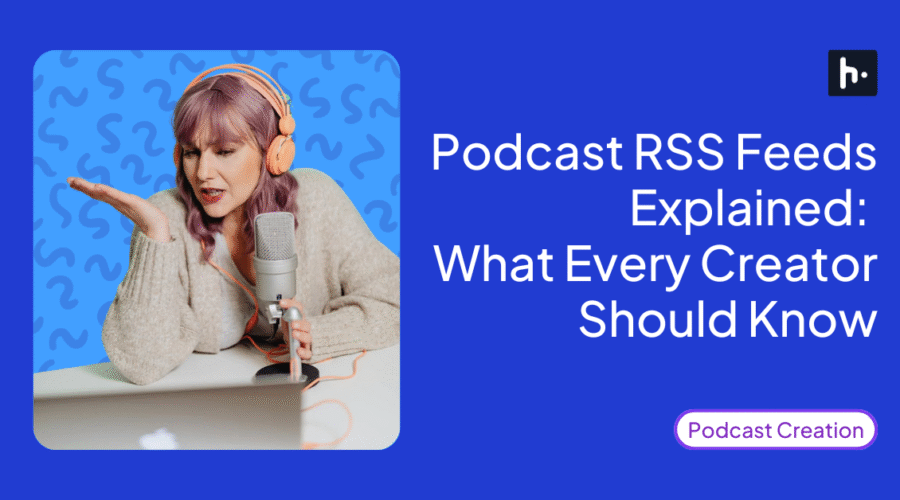
Read about the latest updates in the podcasting world

Wish to submit your podcast easily or make it available on multiple podcast distribution channels? Here’s how you can use podcast RSS feeds to make your work easier.
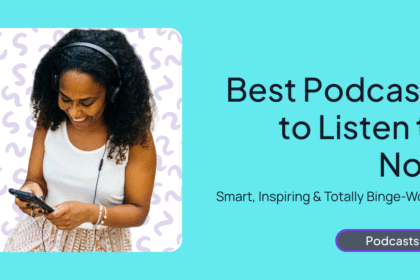
Want conversations and stories that stimulate your brain? You’re in the right place. Podcasts have now become the go-to source of entertainment, inspiration, and education. …
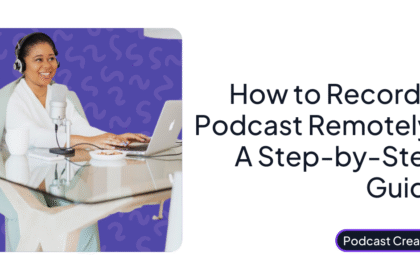
Remote podcasting involves recording podcasts without requiring the physical presence of the guests and the host in the same location. Dedicated podcasting software and related …
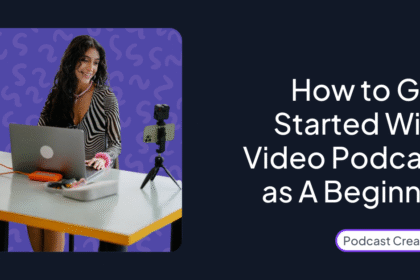
Learn how to start a video podcast from scratch in this guide. Here we’ll cover the essentials from selecting equipment and recording software to planning …
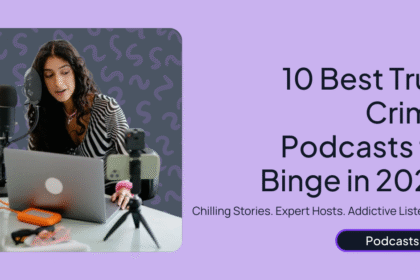
Looking for a true crime podcast? We have gathered the best true crime podcasts right here. From varying formats and cases, each podcast offers something …
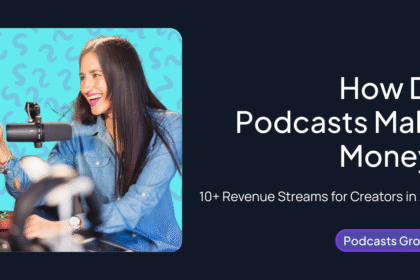
Podcasts make money in multiple ways, through sponsorships, listener donations, premium content, and even consulting or digital products. If you’re wondering how do podcasts make …
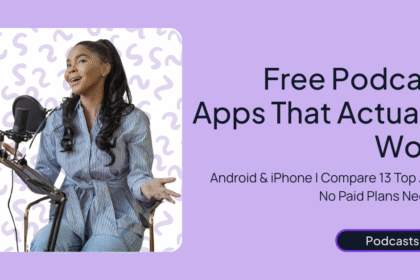
Looking for the best free podcast app to tune into your favorite shows? Whether you’re into global hits like The Daily or regional gems in …
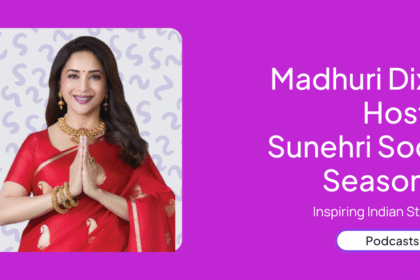
What if India’s most beloved icon meets India’s inspiring stories? That’s what Muthoot thought and created a podcast that will fill you with hope and …
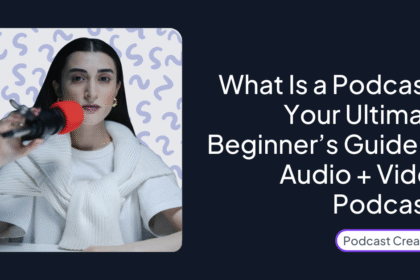
A podcast is an audio-first content format that can also exist as video but still makes complete sense without visuals. Unlike tutorials or vlogs, podcasts …
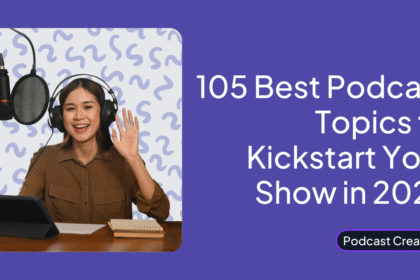
Looking for the best podcast topics to start your show? This blog lists 105 unique and engaging podcast topics. From true crime and business to …
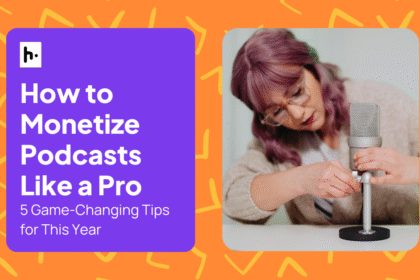
So you’ve started podcasting and are gaining a steady following. Congrats on that! Now, how about turning it into a steady income source? Worry not, …